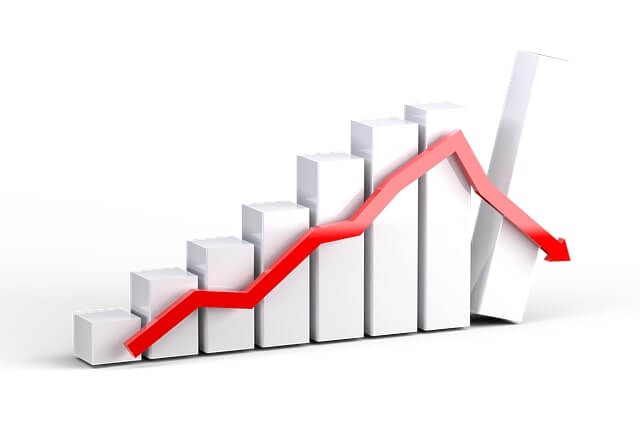The provisional GDP growth for 2019-20 was estimated at -0.38 percent, which is based on growth estimates of 2.67 percent, -2.64 percent and 0.59 percent respectively in the agricultural, industrial, and service sectors.
The sectors are briefly discussed below.
The 102nd National Accounts Committee meeting to review the Gross Domestic Product ( GDP) was held under the chairmanship of the Ministry of Planning, Growth, and Special Initiatives Secretariat.
The provisional GDP and Gross Fixed Capital Formation (GFCF) estimates for the year 2019-20 were provided on the basis of the latest 6-9 month data which were annualized by adding the final quarter effect of Covid-19.
The government’s smart lockdown strategy reduced the economic growth effects as opposed to the full lockdown situation.
The preliminary GDP growth for 2019-20 was projected at -0.38 percent, based on growth projections of 2.67 percent, -2.64 percent and 0.59 percent respectively in the agricultural, manufacturing, and service sectors. The sectors are briefly listed below.
Agriculture Sector
The agricultural sector has expanded by 2.67%. This year’s production of important crops is 2.90%.
This rise is attributed respectively to a rise in wheat, rice, and maize production of 2.45 percent, 2.89 percent, and 6.01 percent. However, the negative growth of cotton and sugarcane crops was 6.92 percent and 0.44 percent respectively.
Other crops (onion, potato, vegetables, etc.) showed a positive growth of 4.57 percent, mainly due to increased pulse production, oilseeds, and vegetable production.
The livestock sector recorded a 2.58 percent growth, which deviates from its historic growth primarily due to a shrinking demand for dairy and poultry products. Due to increased timber production, forestry has grown at 2.29 percent.
Manufacturing Sector
The overall industrial sector has seen a negative growth of 2.64 percent primarily due to the lockout of industrial units linked to COVID-19. The added value in the mining and quarrying sector fell by 8.82%.
The large-scale manufacturing (LSM) market, mainly powered by QIM data (from July 2019 to March 2020), reported a 7.78 percent decline.
In textiles (-2.57 percent), food , drink & tobacco (-2.33 percent), coke & petroleum products (-17.46 percent), pharmaceuticals (-5.38 percent), chemicals (-2.30 percent), vehicles (-36.5 percent), iron & steel products (-7.96 percent), electronics (-13.54 percent), engineering products (-7.05 percent), and wood products (-22.11 percent), a substantial decrease was observed.
The substantial positive growth in LSM has been observed in fertilizer (5.81%), leather products (4.96%), rubber products (4.31%), and paper & board products (4.23%). Owing to higher subsidies and better value-added in WAPDA & Businesses, the electricity and gas sub-sector has risen by 17.70 percent. Building activity increased by 8.06 percent mainly due to an increase in general government spending.
Service Sector
The Covid-19 linked shrinkage in service delivery in major sectors has affected the services sector most globally. Pakistan’s services sector has been a big driver of growth for many years and the preliminary estimates have seen a remarkable contraction of 0.59 percent.
While the wholesale and retail sector is declining by 3.42%, the shipping, storage, and communications sector is experiencing negative growth of 7.13%. The finance and insurance sector shows a modest 0.79 percent increase.
The remaining sector elements, i.e. healthcare, general government, and other private facilities, have seen a positive growth of 4.02%, 3.92%, and 5.39% respectively.
Current market prices, GDP:
GDP has also been measured at existing market rates and stands at Rs 41.727 billion in 2019-20. This shows a 9.9 percent increase over Rs.37.972 billion in 2018-19.
The per capita income for 2019-20 was estimated as Rs.214,539 for 2019-20 showing an 8.3 percent increase over Rs. 198,028 in 2018-19.


























Leave a Reply